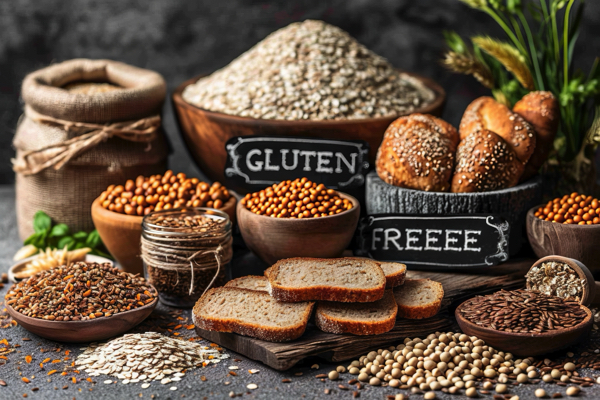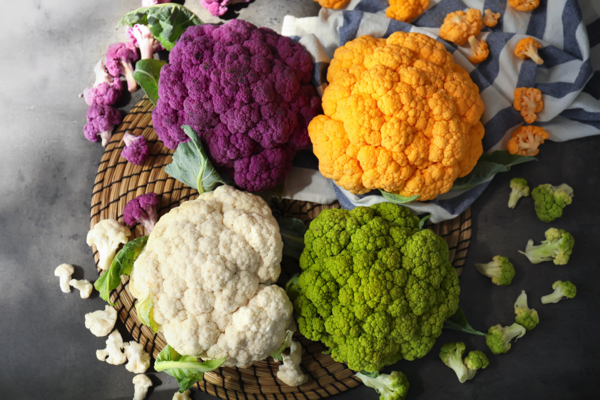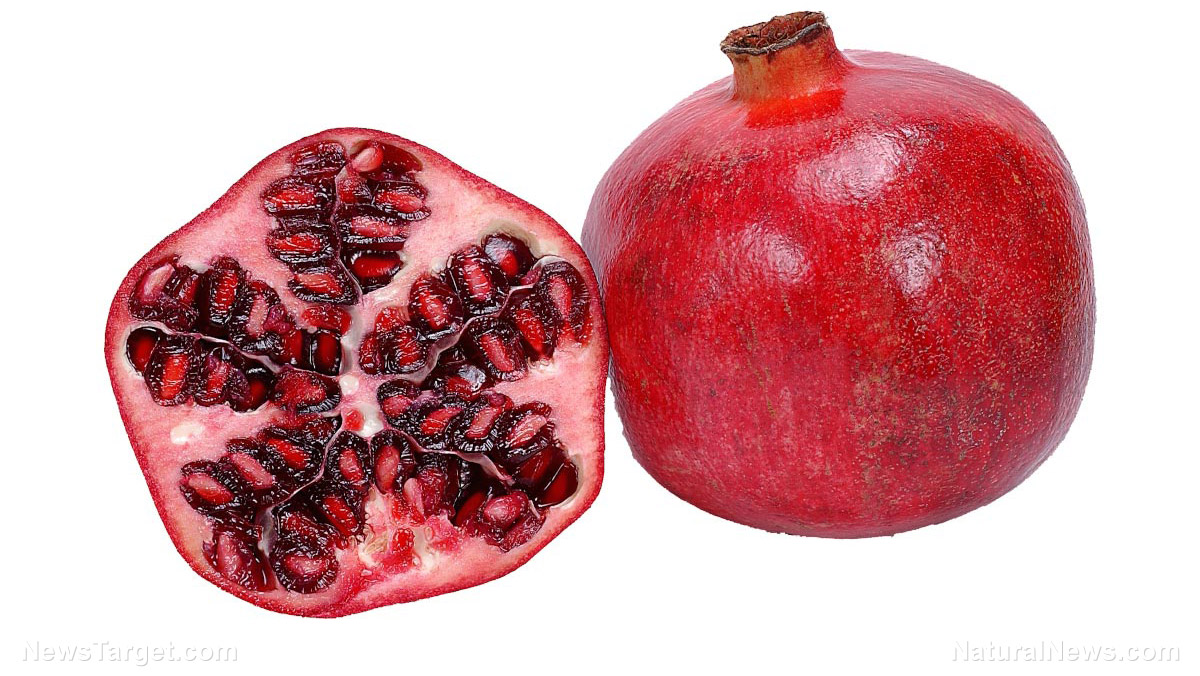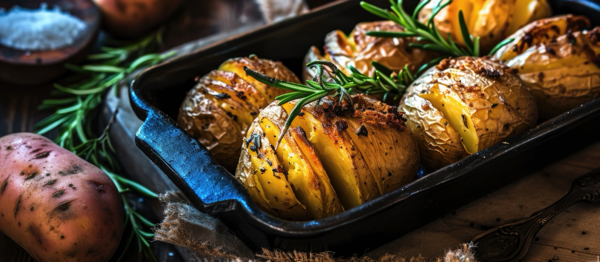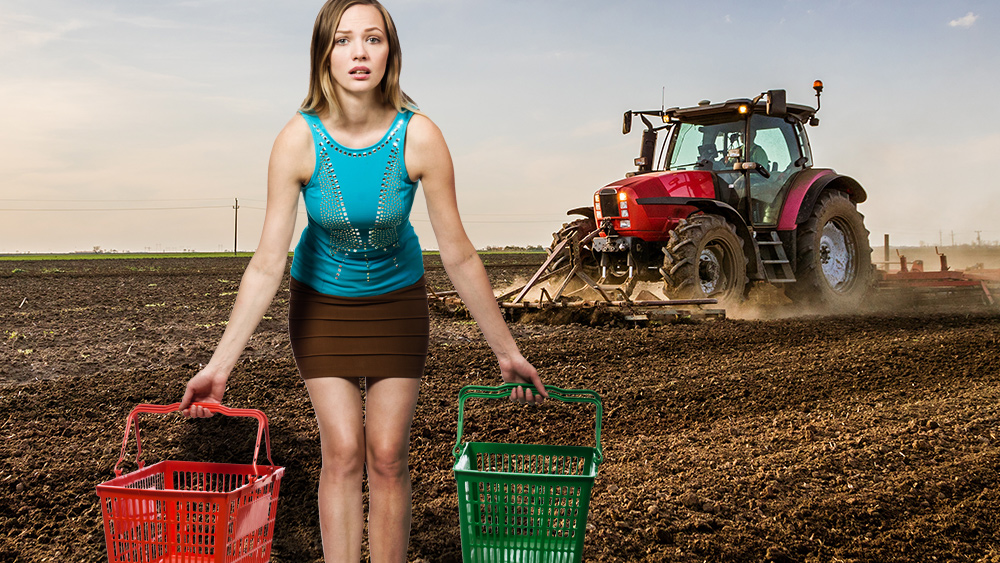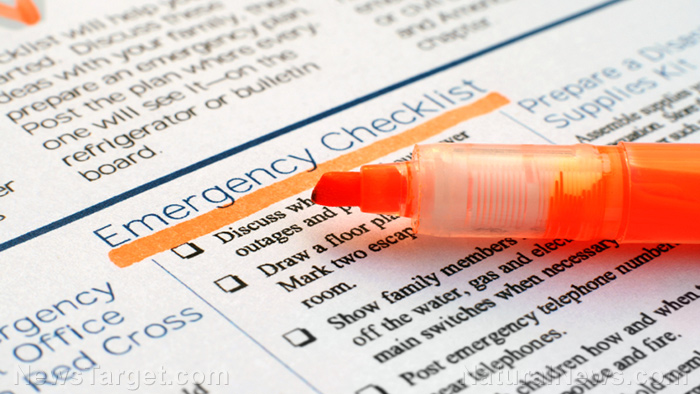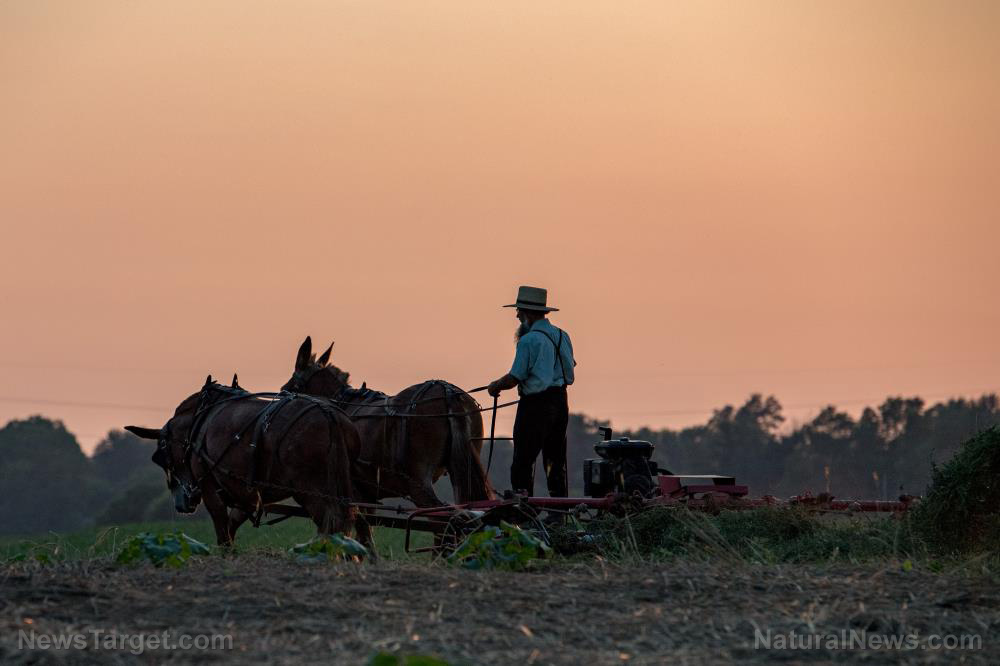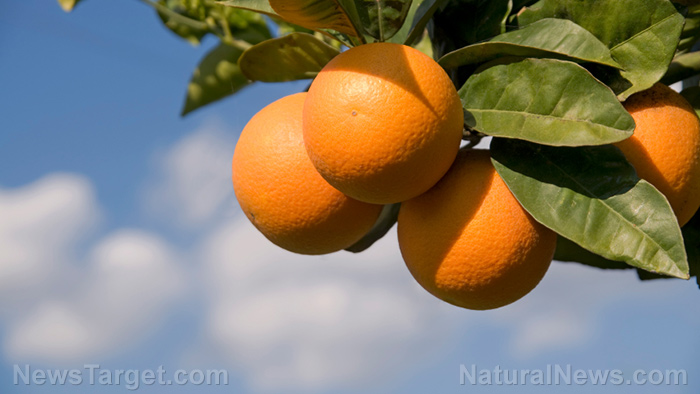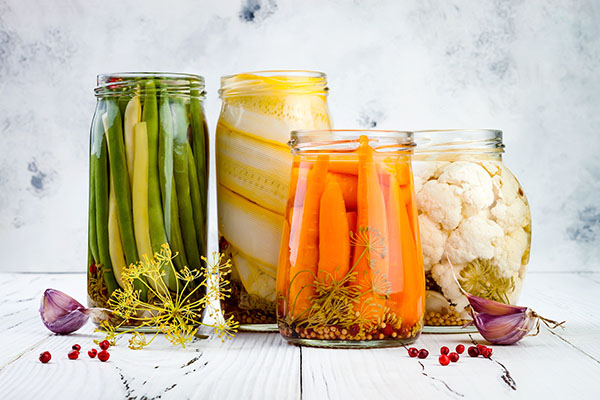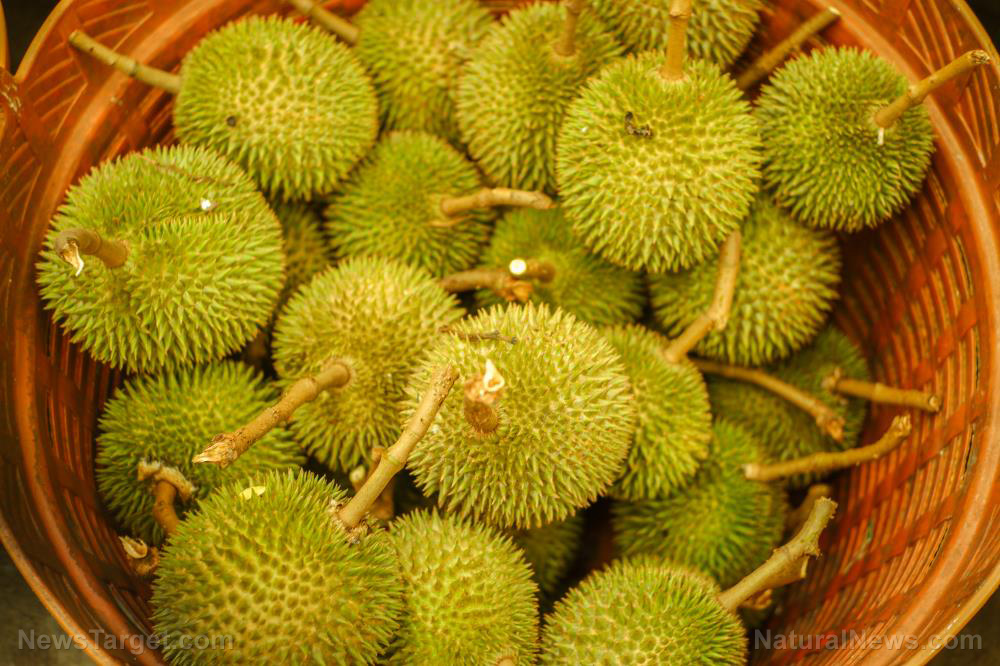Grow your own feast: Top crops for your home vegetable garden
05/03/2024 / By HRS Editors
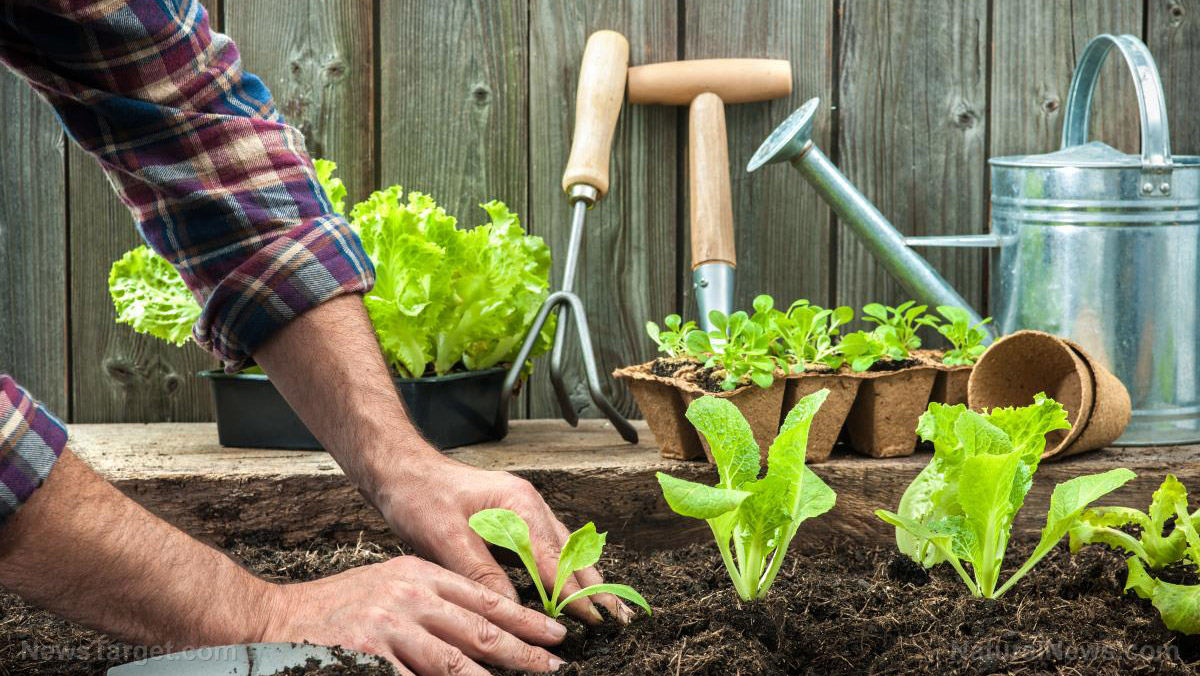
Adding a top crop or cover crop to your home vegetable garden can help boost your harvest and improve soil quality.
Read on to find out about the benefits of cover crops and which plants you can grow in your garden. (h/t to ForksInTheDirt.com)
Why do you need cover crops?
There are different ways of cover cropping, from holding a field for a full year, part of spring or over the winter. Incorporating cover crops into your garden means you can just sow the seeds after you have harvested a late summer crop.
There are also several benefits of planting cover crops in your garden. One is to build up organic matter in garden soil.
Planting cover crops like legumes can add nitrogen to the soil, or directly to the plants if they are grown simultaneously.
Lastly, growing cover crops will help break up compacted heavy soil with plants that have thick roots. If left to rot, some cover crops will create space in the soil for nutrient and water transfer.
“Feeding” garden soil keeps it alive. Cover cropping is one way to grow your own mulch, which feeds the soil in different ways from organic mulches.
By choosing which plants to grow, you can choose what to feed your soil. Some gardeners may want to add some nitrogen, or help break up the soil with your chosen cover crop. (Related: Sprouts: Your perfect emergency preparedness food choice.)
If you’re not sure which cover crops to try, you can start with a blend of oats, peas and radishes.
The oats will create a thick mat of mulch that keeps weeds down the following spring. While the peas add nitrogen, the radishes can also break up the garden soil.
You can also try growing buckwheat. This plant is easy to cut back, but you should cut it before the seed heads form so it doesn’t re-seed.
Plant buckwheat in the spring before a later succession of heat-loving vegetables like peppers, tomatoes or zucchini. You can leave the cut stalks or work them into the soil.
Where to get Organic Freeze-dried Vegetables for your stockpile
Before SHTF, having freeze-dried vegetables in your stockpile ensures that you have extra food if you are somehow unable to grow plants in your home garden.
The Health Ranger Store offers shelf-stable broccoli with our laboratory-verified Health Ranger Select Organic Freeze-Dried Broccoli. This product boasts a unique mixture of nutrients and organic compounds that can help support your overall well-being.
The nutritional profile of broccoli includes highly beneficial nutrients such as dietary fiber, flavonoids and glucosinolates.
Freeze-drying helps retain the essential nutrients while keeping the distinct taste of broccoli. The process also helps this shelf-stable broccoli last longer on your shelf.
If you prefer leafy greens, try Health Ranger Select Freeze-Dried Organic Chopped Kale. Our freeze-dried organic chopped kale is grown under strict organic standards.
Health Ranger Select Freeze-Dried Organic Chopped Kale contains no gluten or GMOs. It is vegan, non-China, certified Kosher and organic, and is lab-tested for glyphosate, heavy metals and microbiology.
We also offer Freeze Dried Organic Peas, which contain nutritious, freeze-dried, non-GMO peas that are grown in the U.S. under strict organic standards.
Visit HomeGardeningNews.com for more tips on how to start your survival home garden.
You can also check out Health Ranger Store and Brighteon Store for clean food supplies for your prepping stockpile.
Watch the video below for mistakes to avoid when preparing raised bed gardens.
This video is from the Marjory Wildcraft channel on Brighteon.com.
More related stories:
Avoid harmful chemicals like glyphosate in food by ALWAYS choosing ORGANIC.
Food Security: The best crops to grow in an edible garden.
Sources include:
Submit a correction >>
Tagged Under:
broccoli, emergency food, emergency stockpile, food freedom, food independence, food supply, green living, home gardening, homesteading, how-to, kale, off grid, organics, peas, preparedness, prepper, prepper pantry, prepping, prepping stockpile, SHTF, survival, survival stockpile, tips, top crops
This article may contain statements that reflect the opinion of the author
RECENT NEWS & ARTICLES
COPYRIGHT © 2017 ORGANICS NEWS

